Authors: Teryl R. Roper, Associate Professor and Extension Horticulturist, UW-Madison
Last Revised: 04/27/2004
X-number: XHT1054
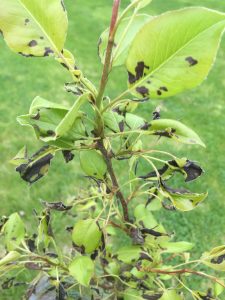
Because of our climate, Wisconsin always has a risk of spring frosts. Temperatures below 28°F will injure or kill flowers or immature fruit. This sheet will briefly outline critical temperatures at different stages of flower development, and describe how a gardener might protect against late season frosts.
As temperatures warm in the spring, bud scales in fruit trees begin to open and new leaves and flowers emerge. During this process the ability to withstand cold temperatures decreases. The cold “tenderness” of different fruit crops is related to the stage of flower development. Tables have been developed that show these relationships very clearly. The tables for apples and cherries are provided here.
It is clear to see that as individual flowers are exposed to the environment, their ability to withstand frost diminishes. It is also clear that when the flowers are open, temperatures below 28°F will begin to cause injury. Similar critical temperatures apply to small fruits such as strawberries as well. Once flower buds are exposed from the crown, temperatures below 28°F will cause injury.
| Apple Stage of development | Critical temperature (°F) 10% kill | Critical temperature (°F) 90% kill |
| Silver tip | 15 | 2 |
| Green tip | 18 | 10 |
| Half-inch green | 23 | 15 |
| Tight cluster | 27 | 21 |
| First pink | 28 | 24 |
| Full pink | 28 | 25 |
| First bloom | 28 | 25 |
| Full bloom | 28 | 25 |
What can be done to protect against frost? Strawberries and raspberries can be protected by covering the planting with a tarp at sundown and then removing it in the morning after the air temperatures are above freezing. Rocks or pipe can be used to hold the tarp in place on breezy nights. The tarp will retain sufficient heat radiating from the soil to protect the flowers from injury.
Tree fruits are slightly more difficult to protect. Small trees can be covered with a tarp with the corners secured to the trunk with twine. Again, a tarp will keep heat within the tree canopy. If colder weather is predicted, heat can be added by running an extension cord to the tree and hanging a burning 60 watt light bulb within the tree crown. A light bulb will often add sufficient heat to keep the canopy above the critical temperature.
Hopefully the weather will hold, but if not, these techniques should offer some protection to tender flowers.
For more information on fruit and frost: Contact your county Extension Educator.
Download Article





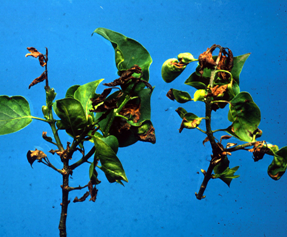 Bacterial Blight
Bacterial Blight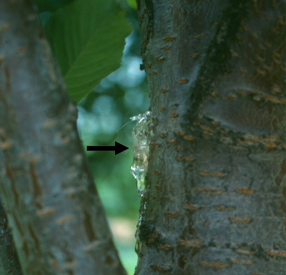 Bacterial Canker
Bacterial Canker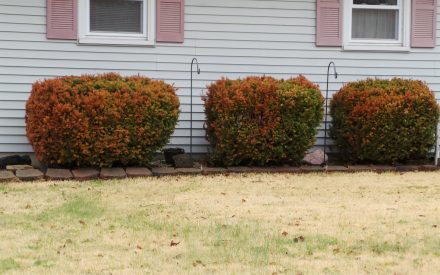 Winter Burn
Winter Burn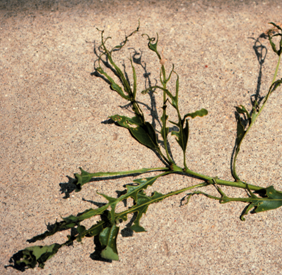 Tatters
Tatters


